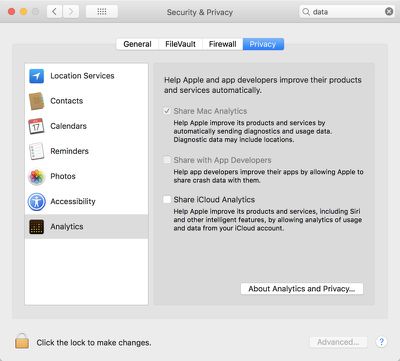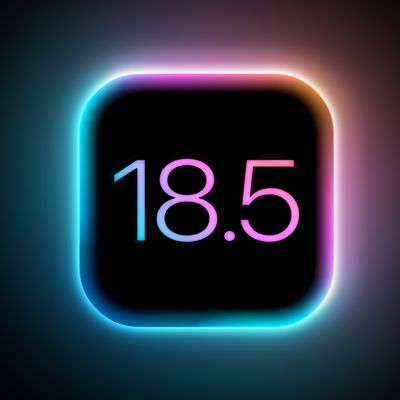![]() With the release of macOS High Sierra, Apple is now collecting data from the Safari browser using differential privacy technology, reports TechCrunch. Apple is aiming to gain information about browsing habits to help identify problematic websites that use excessive power or too much memory.
With the release of macOS High Sierra, Apple is now collecting data from the Safari browser using differential privacy technology, reports TechCrunch. Apple is aiming to gain information about browsing habits to help identify problematic websites that use excessive power or too much memory.
This form of data collection is the first of its kind for Safari, aimed at identifying sites that use excessive power and crash the browser by monopolizing too much memory. Apple is also documenting the popularity of these problematic domains, in order to prioritize which sites it addresses first.
Apple first announced its adoption of differential privacy in 2016 alongside the debut of iOS 10. Differential privacy is a technique that allows Apple to collect user information while keeping user data entirely private. It uses hashing, subsampling, and noise injection to enable crowd-sourced learning without compromising user privacy.
Differential privacy is already in use on Mac and iOS devices for emoji use, search predictions, predictive text, and other small features that use machine learning for improvement.

Because of this, Apple does not have a specific message about the new Safari data collection when macOS High Sierra is installed, and it is lumped in with the general Mac analytics data notice that is presented when setting up a new Mac. From Apple's Privacy notice regarding analytics:
If you agree to send Mac Analytics information to Apple, it may include the following:
- Details about app or system crashes, freezes or kernel panics.
- Information about events on your Mac (for example whether a certain function such as waking your Mac was successful or not).
- Usage information (for example, data about how you use Apple and third-party software, hardware, and services).Analytics data contains your computer's hardware and software specifications, including information about devices connected to your Mac and the versions of the operating system and apps you're using on your Mac. Personal data is either not logged at all in the reports generated by your Mac, is subject to privacy preserving techniques such as differential privacy, or is removed from any reports before they're sent to Apple.
While users are given the option to turn off analytics when setting up a Mac, there's also a Security and Privacy setting that can be accessed to turn it off any time. To get to the feature, click on the Apple at the top of the menu bar, and choose "System Preferences." From there, open up Security and Privacy, select the "Privacy" tab and then choose Analytics to choose whether or not to share data with Apple.





















